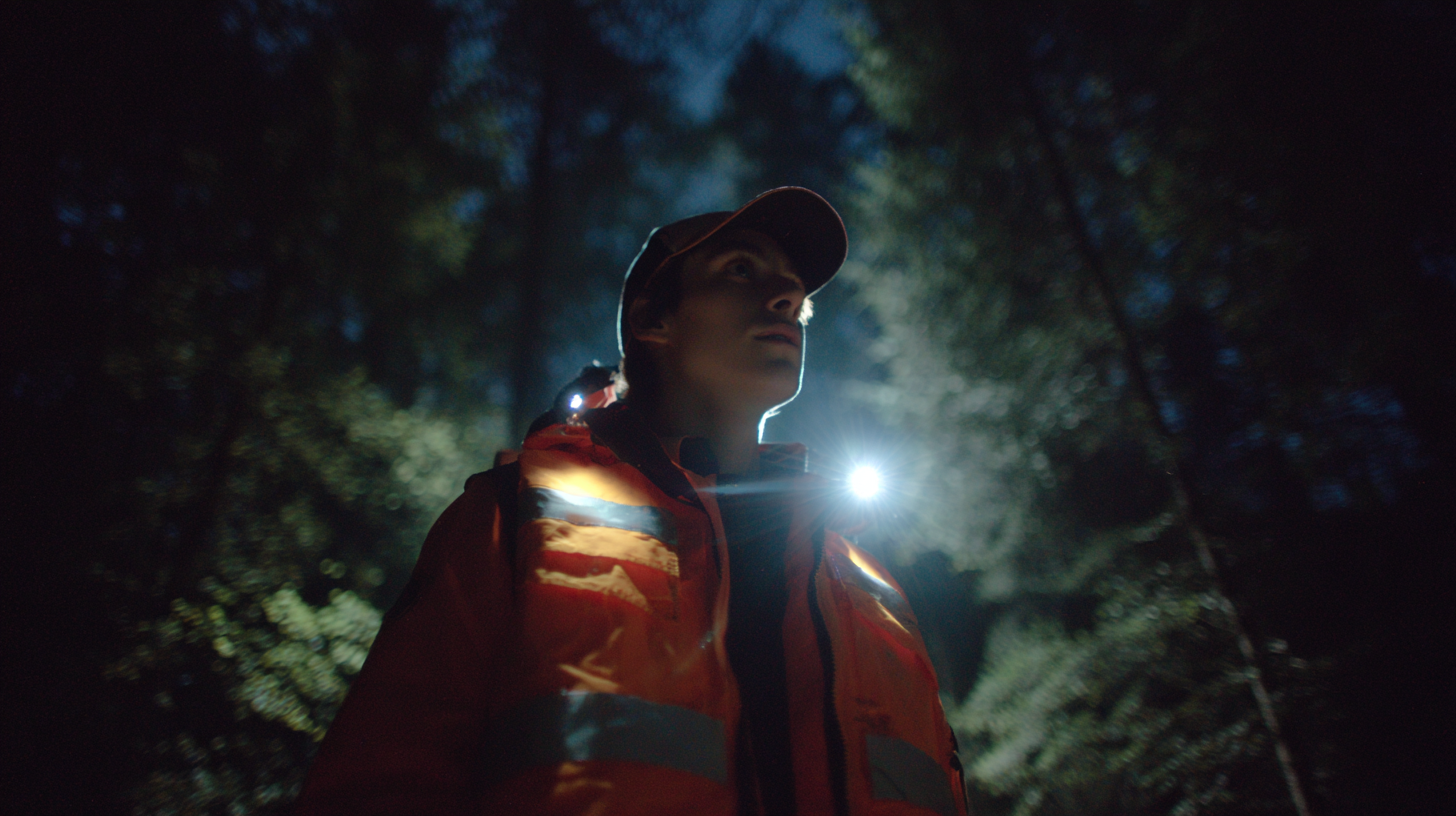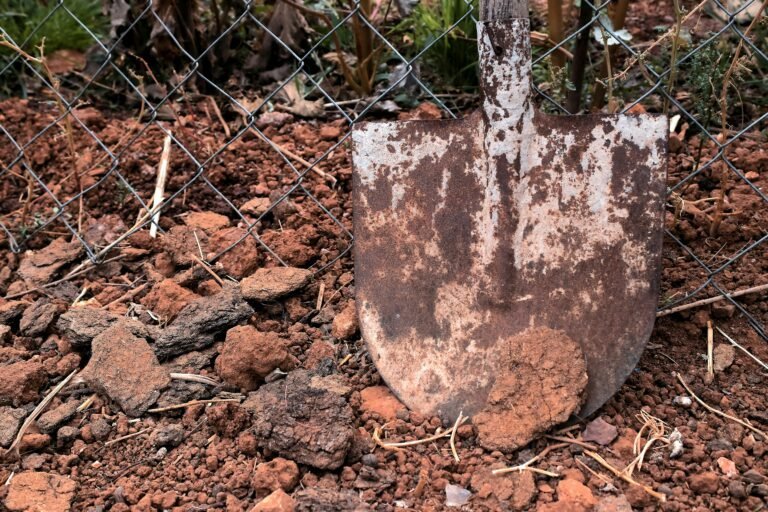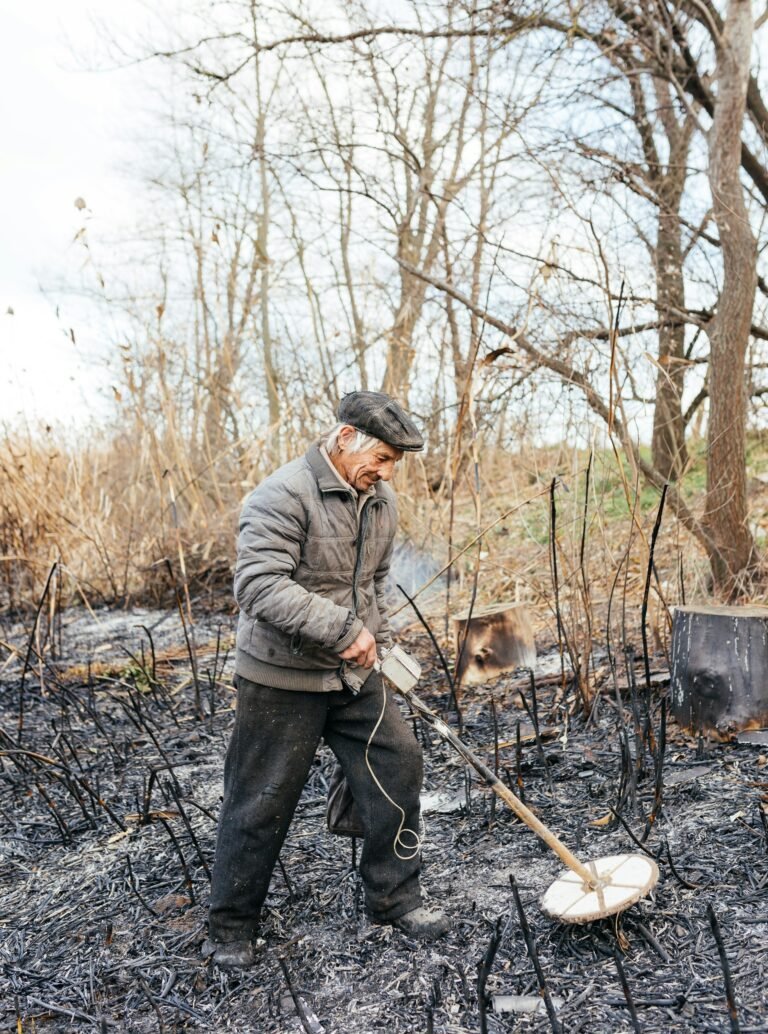Gold prospecting can be an exciting and rewarding adventure, but it’s important to prioritize safety to ensure a successful trip.
First Posted December 10, 2024 | Last Updated on September 10, 2025 by Ryan ConlonDisclosure: This Post Contains Affiliate Links; We earn a commission on purchases.
The pursuit of precious gold comes with inherent risks, from adverse weather conditions to potential encounters with wildlife.
By following these safety tips, you can minimize risks and enjoy your gold prospecting trip with peace of mind.
Key Takeaways:
- Check the weather forecast before heading out to avoid dangerous conditions.
- Carry a basic first aid kit in case of any injuries or emergencies.
- Inform someone of your plans and expected return time for added security.
- Bring enough food and drinks to stay hydrated throughout your trip.
- Always have a map and compass to navigate effectively and prevent getting lost.
By following these safety tips, you can minimize the risks involved in gold prospecting and ensure a successful and enjoyable trip. Remember, safety should always be your top priority!
Prioritizing Planning and Assessing Hazards
In the mining industry, prioritizing planning and assessing hazards is crucial for ensuring mining safety. Thorough planning allows for a more efficient and organized mining process while also reducing potential risks. By conducting a comprehensive hazard assessment, mining companies can identify the potential dangers and implement the necessary safety measures.
One important aspect of planning is assessing the geological environment. Understanding the geological conditions helps miners anticipate potential risks such as unstable ground, rockfalls, or subsidence. Geological assessments provide valuable insights that guide decision-making and help prevent accidents.
Geotechnical assessments are equally important in mining safety. These assessments focus on evaluating the stability of structures and digging areas to ensure the durability and safety of mining operations. By assessing the geotechnical aspects, potential hazards can be identified and appropriate mitigation measures can be put in place.
“Thorough planning and hazard assessments lay the foundation for safe mining operations. Identifying and mitigating potential hazards at the planning stage significantly reduces the risk of accidents and enhances the safety of miners.” – John Miller, Mining Safety Expert
Advanced software tools play a crucial role in hazard assessment and planning. Mining companies utilize software solutions to simulate and analyze different mining scenarios, which helps in predicting potential risks and designing efficient safety protocols. This technological approach enables miners to proactively address safety concerns and develop effective strategies for risk reduction.
It is essential for mining companies to maintain rigorous standards and adhere to mining regulations. By enforcing strict safety protocols and guidelines, companies create a safe work environment for their employees. This commitment to safety helps establish a safety culture within the mining industry, where hazard assessment and planning are paramount.
To summarize, effective hazard assessment and meticulous planning are vital components of mining safety. By evaluating geological conditions, conducting geotechnical assessments, utilizing advanced software tools, and adhering to regulations, mining companies can minimize potential risks and ensure the well-being of their workforce.
Personal Protective Gear and Equipment Upkeep
When it comes to ensuring safety in the mining industry, wearing the right personal protective gear is of utmost importance. Equipping yourself with the necessary items not only protects you from potential hazards but also promotes a culture of safety. Be sure to have the following personal protective gear:
- Hard hats
- Gloves
- Steel-toed footwear
- Eye protection
- Hearing devices
- Respirators
These items shield you from various dangers such as falling objects, hazardous substances, loud noises, and respiratory irritants. Utilizing appropriate personal protective gear significantly reduces the risk of injuries and promotes a safer working environment.
However, it’s not enough to just wear the gear – proper equipment upkeep is equally crucial in maintaining a safe workplace. Regular cleaning and repair of machinery ensure optimal functionality, reducing the chances of accidents caused by faulty equipment.
Additionally, proper storage and replacement of aging parts contribute to equipment maintenance. By proactively identifying and addressing potential issues, you minimize safety risks and create a safer work environment for yourself and your colleagues.
In the mining industry, safety should always be a top priority. Investing in personal protective gear and staying vigilant in equipment upkeep are essential steps towards achieving mining safety goals.
Recommended Personal Protective Gear
| Item | Description |
|---|---|
| Hard hats | Protective headgear to shield against falling objects, debris, and impacts. |
| Gloves | Hand protection from cuts, abrasions, and chemicals. |
| Steel-toed footwear | Sturdy shoes or boots with reinforced toe caps to prevent foot injuries. |
| Eye protection | Safety glasses or goggles to shield the eyes from flying debris, particles, and chemicals. |
| Hearing devices | Earplugs or earmuffs to minimize the risk of noise-induced hearing loss. |
| Respirators | Devices that filter out harmful airborne particles and gases, protecting the respiratory system. |
Visibility and Lifting Precautions
In mining operations, maintaining good visibility is crucial to ensure a safe working environment and minimize accidents. Adequate lighting is essential both underground and on-site vehicles to enhance visibility and reduce the risks associated with poor lighting conditions. With proper illumination, miners can navigate their surroundings more effectively and identify potential hazards.
However, visibility alone is not sufficient to guarantee safety. Lifting heavy loads can lead to musculoskeletal injuries if proper precautions are not taken. Miners should practice correct lifting techniques, utilizing assistive devices whenever possible. It is essential to prioritize safety over expediency and ask for assistance when handling heavy objects or machinery.
“Maintaining good visibility and following lifting precautions are integral parts of mining safety. These measures help reduce the risk of accidents and ensure the well-being of miners.”
By prioritizing good visibility and lifting precautions, mining companies can foster a culture of safety and reduce the occurrence of workplace incidents. Investing in proper lighting systems and providing training on correct lifting techniques are important steps toward creating a safer mining environment.
Common Lifting Precautions in Mining Operations
| Precautions | Description |
|---|---|
| Use appropriate lifting equipment | Ensure the availability and proper use of cranes, hoists, and lifting devices for heavy loads. |
| Implement team lifting | Encourage multiple workers to lift heavy objects together, distributing the weight and minimizing individual strain. |
| Train workers on proper lifting techniques | Provide comprehensive training on body mechanics, posture, and lifting methods to avoid unnecessary strain and injury. |
| Use assistive devices | Promote the use of equipment such as back supports, lifting belts, and exoskeletons to reduce the risk of back injuries. |
| Request assistance when needed | Encourage workers to seek help when lifting heavy or bulky objects beyond their individual capabilities. |
By implementing and reinforcing these visibility and lifting precautions, mining companies can significantly enhance workplace safety, reduce the likelihood of accidents, and protect the well-being of their miners.
Fire and Dust Hazards
In the mining industry, two major hazards that pose a significant risk to the safety of miners are fire hazards and dust hazards. It is crucial for mining companies to address these concerns and implement effective measures to prevent accidents and ensure the well-being of their workers.
Dust Hazards
Dust particles generated during mining operations can pose serious health risks to miners and also increase the likelihood of fires and explosions. Implementing proper dust control measures is essential to minimize the hazards associated with airborne dust. Some effective methods include:
- Using vacuum devices to capture and remove dust particles
- Installing wet fan scrubbers to suppress dust emissions
By implementing these measures, mining companies can reduce the risk of dust-related health issues and prevent the potential for fire and explosion incidents.
Fire Hazards
Underground fires and explosions can have devastating consequences in mining operations. To mitigate the risk of fire hazards, extensive training, continuous monitoring of gas levels, and strict adherence to safety protocols are crucial. Mining companies should also invest in fire suppression systems and provide their workers with fire-resistant protective gear.
By equipping miners with the necessary knowledge, skills, and protective equipment, mining companies can effectively respond to fire emergencies and protect the safety of their workforce.
Conclusion
In conclusion, the mining industry must prioritize safety and cultivate a strong safety culture to protect the well-being of miners and minimize risks. By assessing hazards, maintaining personal protective gear, prioritizing equipment upkeep, ensuring visibility, taking lifting precautions, and addressing fire and dust hazards, mining companies can create a safer work environment.
The establishment of a safety culture within mining companies is crucial for promoting safe practices and reducing accidents. This culture should emphasize the importance of following safety guidelines, conducting regular risk assessments, and continuously improving safety protocols. By embracing a culture of safety, mining companies can protect their workers and maintain efficient and sustainable mining practices.
In summary, mining safety and risk minimization are of utmost importance in the industry. By implementing the necessary safety measures and fostering a safety culture, mining companies can ensure the well-being of their employees and protect against potential accidents. It is essential to prioritize safety in every aspect of mining operations to create a workplace that is both productive and safe.
Source Links
- https://www.tmi2001.com/blog/safe-mining-practices/
- https://megalocators.com/safety-tips-for-gold-prospecting/
- https://www.identecsolutions.com/news/safe-mining-practices-5-safety-tips

Meet Ryan Conlon, the passionate owner and driving force behind Pan for Treasure.
With an unwavering love for the art of gold panning, Ryan has transformed his enthusiasm into a thriving community hub for fellow treasure seekers. info@panfortreasure.com
A seasoned gold panning enthusiast, Ryan’s journey began with a simple pan and a dream, evolving into a deep appreciation for the history, geology, and thrill of uncovering precious metals.
Subscribe to Our Newsletter







